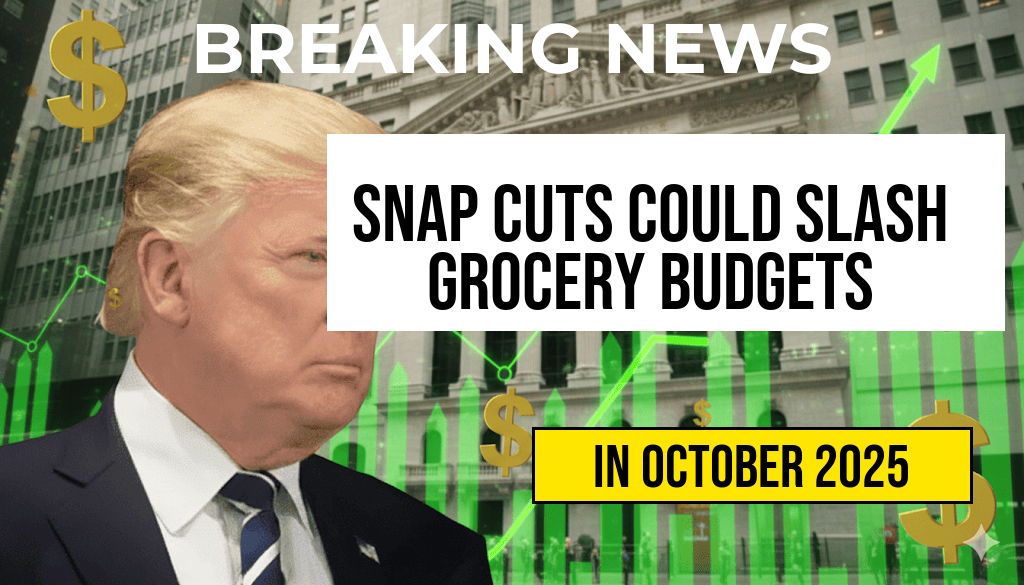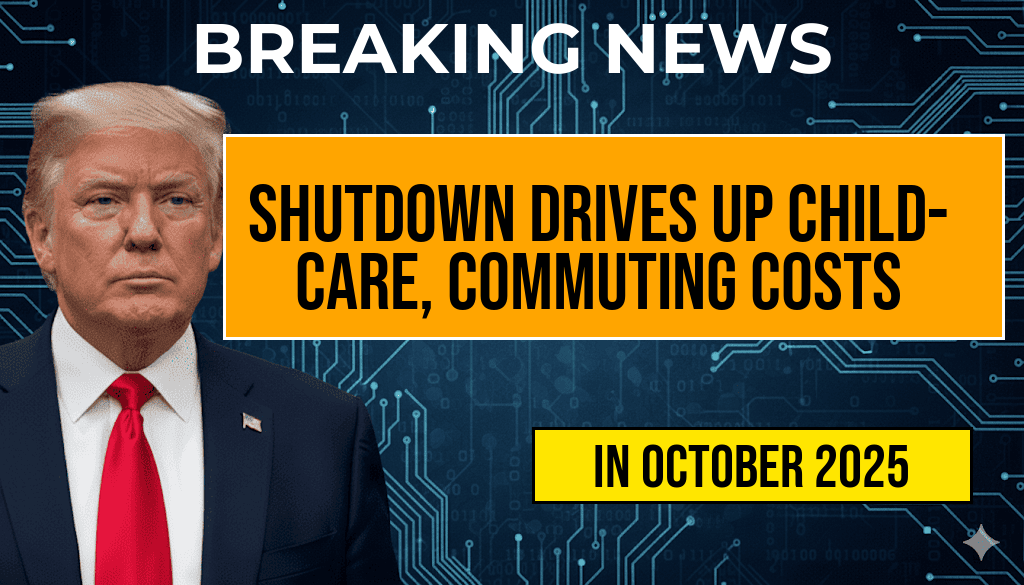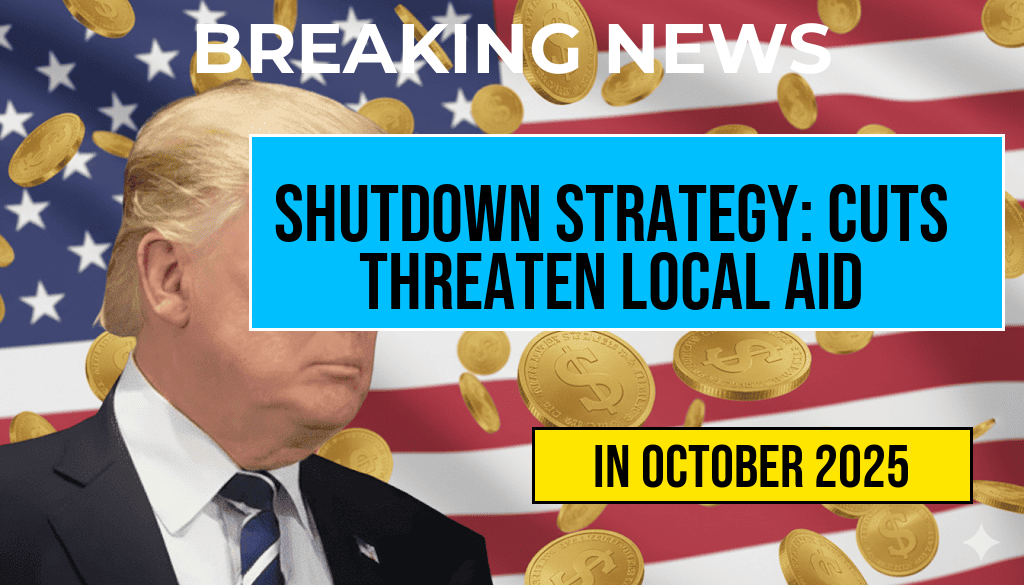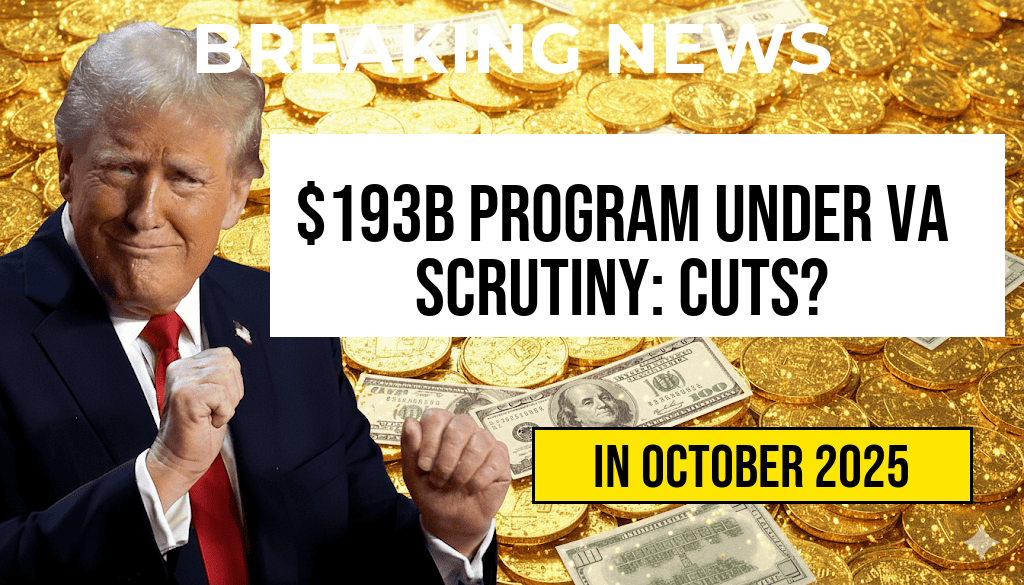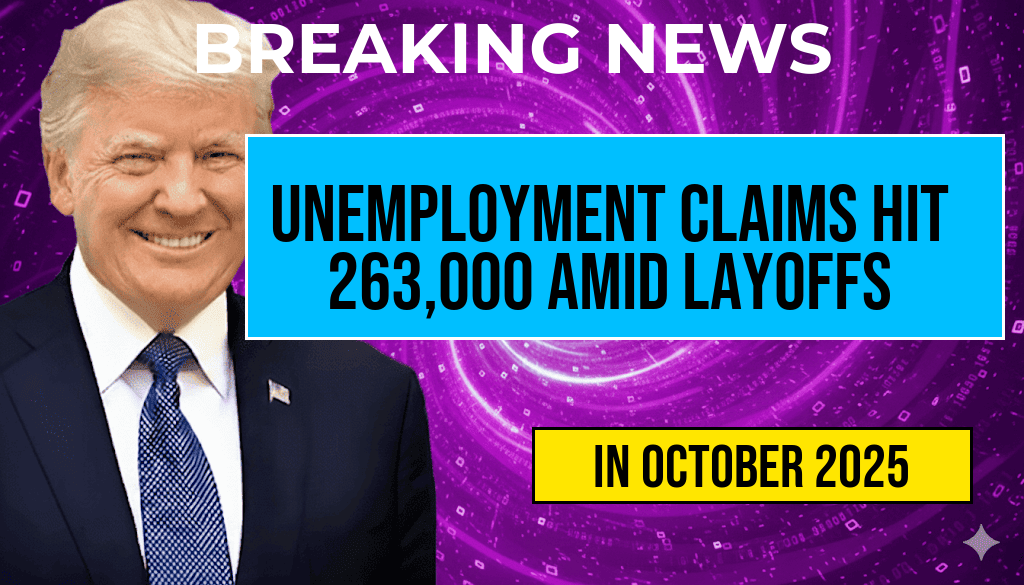As the federal government inches closer to a potential shutdown, local communities brace for what some officials are calling “irreversible” cuts that could jeopardize billions in essential aid. The looming crisis stems from ongoing budget negotiations that have left local governments uncertain about their funding for critical services, including education, infrastructure, and public safety. In a climate where economic stability is paramount, the threat of significant reductions in federal support could exacerbate existing challenges faced by municipalities across the country. If lawmakers cannot reach a consensus, the fallout may be felt most acutely in underserved areas, leading to job losses, reduced public services, and a diminished quality of life for millions of Americans.
Understanding the Impact of Federal Aid Cuts
Federal aid plays a crucial role in supporting local governments. According to the National Association of Counties, approximately over 30% of local government revenue comes from federal sources. As negotiations stall, many local leaders are voicing concerns about the implications of potential budget cuts.
Key Areas Affected by Proposed Cuts
- Education: Many school districts rely heavily on federal funding for programs that serve low-income students and those with disabilities. Cuts could lead to larger class sizes and the elimination of vital resources.
- Infrastructure: Federal grants support local transportation projects and infrastructure maintenance. Reductions could halt road repairs and other critical upgrades, affecting community mobility.
- Public Safety: Local police and fire departments often depend on federal assistance for equipment and training. A funding cut could compromise public safety and emergency response capabilities.
The Political Landscape
The current political climate is marked by deep divisions among lawmakers, with each party holding firm on its spending priorities. Recent negotiations have shown little progress, leading to heightened fears of a government shutdown. The stakes are particularly high for local governments, which may face immediate repercussions if federal funds are withheld.
Local Leaders Speak Out
Numerous mayors and county officials have expressed alarm over the impending cuts. In a recent statement, the Mayor of Atlanta, Andre Dickens, emphasized that “the loss of federal funding would cripple our ability to serve our most vulnerable residents.” Similarly, the Mayor of Los Angeles, Karen Bass, warned that “we cannot afford to lose billions in local aid that is so critical to our city’s operations.”
A Closer Look at Funding Sources
Local governments rely on a mix of federal, state, and local funding. The table below outlines the primary sources of revenue and their significance to local budgets:
| Source | Percentage of Revenue |
|---|---|
| Federal Aid | 30% |
| State Funding | 40% |
| Local Taxes (Property, Sales) | 30% |
Potential Long-Term Effects
If federal aid is slashed, the ramifications could extend beyond immediate service reductions. Experts warn that chronic underfunding may lead to long-term economic decline in affected areas. Local businesses could suffer from decreased consumer spending, and the loss of jobs in public sectors could further strain local economies.
Looking Ahead: Possible Solutions
As the deadline for budget negotiations looms, some lawmakers are advocating for alternative solutions to mitigate the impact of potential cuts. These include:
- Temporary Funding Extensions: Proposals have been made to temporarily extend funding for critical programs, buying time for lawmakers to negotiate.
- Targeted Funding Adjustments: Some officials are calling for a reallocation of existing funds to prioritize essential services while negotiations continue.
- Community Engagement: Local governments are encouraged to engage residents in discussions about budget priorities and encourage advocacy for continued federal support.
The future of local aid rests in the hands of Congress, and as communities prepare for the worst, the call for bipartisan cooperation has never been more urgent. The decisions made in the coming weeks will not only shape the immediate landscape but may also redefine how local governments operate for years to come.
Frequently Asked Questions
What are the main concerns regarding the proposed shutdown strategy?
The proposed shutdown strategy raises significant concerns about irreversible cuts that could lead to the elimination of billions in local aid. This could severely impact essential services and programs that communities rely on.
How will these cuts affect local communities?
The cuts are expected to jeopardize funding for crucial services such as education, healthcare, and public safety. This could result in reduced access to services for residents, affecting their overall quality of life.
Are there any alternatives to the proposed cuts?
Advocates are urging lawmakers to consider alternatives such as revenue generation strategies or budget reallocations that could prevent the need for such drastic cuts while still addressing budgetary concerns.
What is the timeline for these potential cuts?
The timeline for implementing these cuts is uncertain, but discussions are ongoing, and decisions are expected to be made in the near future, impacting local budgets for the upcoming fiscal year.
Who is most likely to be affected by these cuts?
Vulnerable populations, including low-income families, children, and the elderly, are expected to be the most adversely affected by the cuts to local aid, as many of the programs they depend on for support could face significant reductions or elimination.


